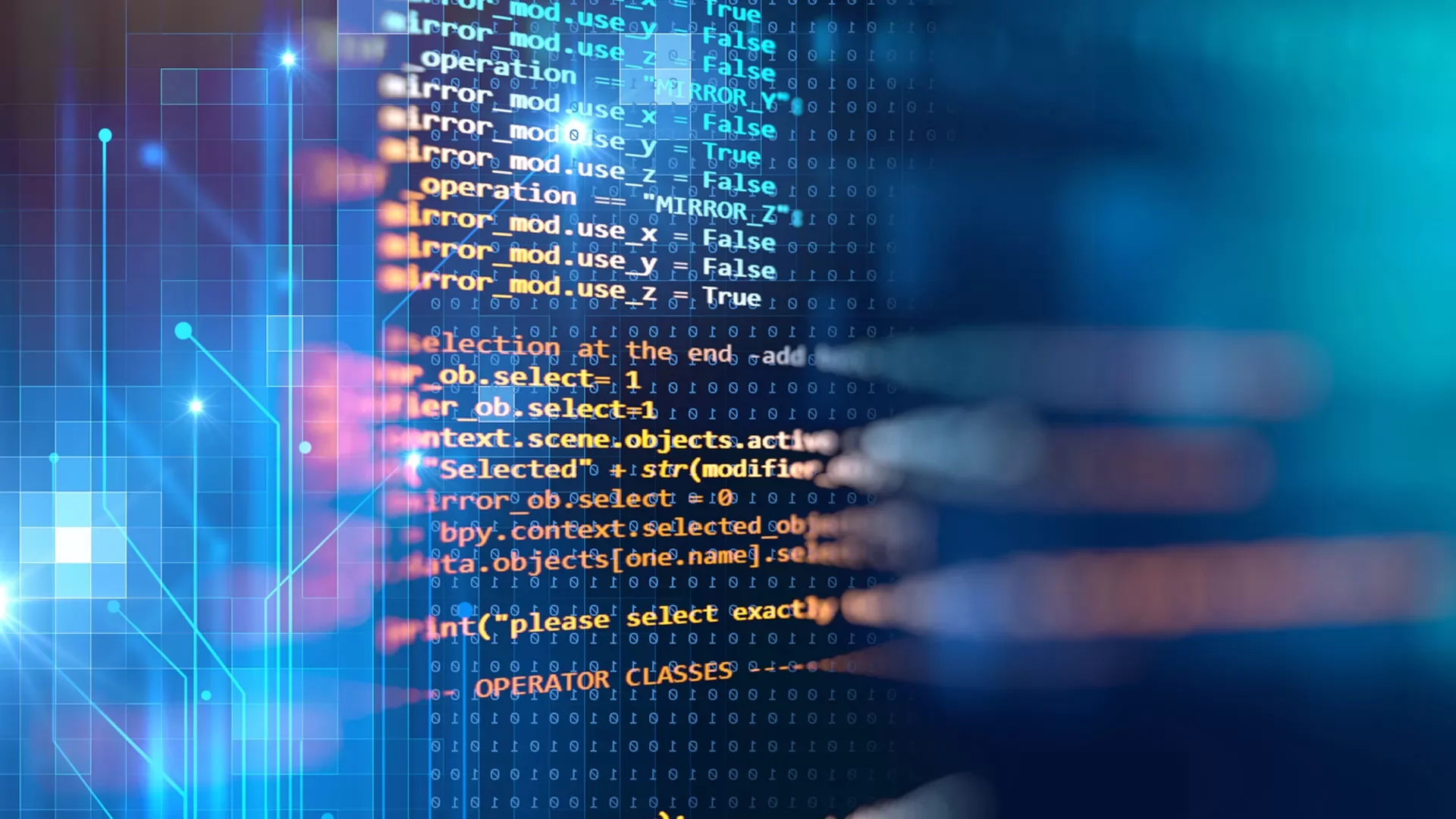Summary Of Article
Imagine this: a census in Myanmar is going on – the first one in over 30 years – and suddenly it comes to a halt. The reason? Because they ran out of pencils. This seems like only something that can happen in a movie, right? No. this happened in real life in 2014! Just 8 years ago! In that same year, Germany used big data to win the world cup. In a ted talk by Prukalpa Sankar (the ted talk can be found here), she talks about this same scenario but pulls out something from it: Why is big data used to solve some problems but not others? In an attempt to combat this Socialcops took on this project and partnered with India’s government and the big 3 oil companies to build 10,000 more LPG centers in an attempt to make LPG available to all 640,000 remote villages in India. Just one problem, where would they put these LPG centers so that they were accessible to the most amount of people possible (they wanted nobody to have to walk more than 10 kilometers from their house to have access to an LPG center)? This is where Socialcops came in. Socialcops’s goal was to analyze an unfathomable amount of data to find out where the best place to put these centers was. When gathering the data however they found problems, the data was in notebooks, and not standardized at all. This made inputting the data a nightmare, the data was in the local language of the village that made it, some called Mumbai, Bombay, and others called Mumbai, Mumbai. This at least answered the question of why data is used in some things but not others – the data itself, when the data is in a useable format it will be used and applied but when it is in this kind of a format – thousands of formats to be exact – the benefit that the data will give them is just not worth their while to clean and sort all of this raw data. This made the task at hand much more daunting. However, this was Socialcops’s mission so they got to work. After reviewing, cleaning, standardizing, and inputting a huge amount of data they were finally finished, and an algorithm that they created, got to work finding out where the most ideal places to put these LPG centers was. They had to consider a huge number of factors such as: a place with good electricity, that is central, that is a marketplace that people already go to, that gas a good road so the trucks with the LPG can come in and out easily, have a bank or an ATM, good infrastructure, and much more. Eventually, they found the locations and submitted them to the government for the centers to be built.
My Take
This story fascinated me. It shows that data can not only be used for monetary gain (to win the world cup) but also for more social causes such as this one. It was relieving to see that there are still people out there that don’t just care about profits, but about helping people and using the technology of today to do so. This also amplified the positive effects of big data in my mind as it got thousands of villages from cooking with a choolha (an Indian cooking device used in rural India that has terrible health effects) to cooking as we do in urbanized cities – with gas. Organizations like this, open up limitless possibilities for data and its use, everything from helping world hunger, to climate change, to overpopulation and so much more! The future of data will be an exciting one!
Conclusion
All in all, this was a great ted talk. It showed me the ways that big data is being used around the globe not only to turn a profit but also to make a more positive impact in the world. It opened my mind up to many different possibilities with data if there are organizations that are using it in this positive, non-profit-driven way. So many social causes can be helped with this kind of technology. This makes me extremely excited about the future of data! This talk was extremely fascinating so I suggest you give it a watch here. I hope you will enjoy it as much as I did!
